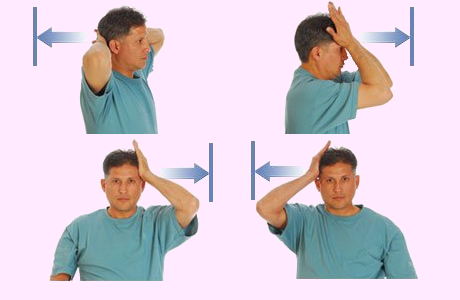Immidiate Treatment of Soft Tissue Injury
One of the most popular acronyms to remember if
you get a sports injury such as a sprain, strain, muscle pull, tear or any
other form of soft tissue injury, is R.I.C.E, which stands for Rest, Ice,
Compression and Elevation. Using these immediate first aid measures is believed
to relieve pain, limit swelling, protect the injured soft tissue, prevent
complications and help you heal faster.
R.I.C.E
protocol
Rest
Rest is a key component of repairing the body. Without rest,
continual strain is placed on the affected area, leading to increased
inflammation, pain, and possible further injury so Activity should be
reduced. Additionally, some soft tissue injuries will take longer to heal
without rest. There is also a risk of abnormal repair or chronic inflammation
resulting from a failure to rest.
Ice provides short-term pain relief, reduces the
inflammatory response and limits swelling by reducing blood flow to the injured
area. Apply ice for 20 minutes at a stretch for 3 or more
times a day for first 72 hours.
.jpg) |
| Ice compression |
Compression
Compression
aims to reduce the edematous swelling that results from the
inflammatory process. Although some swelling is inevitable, too much swelling
results in significant loss of function, excessive pain and eventual slowing of
blood flow through vessel restriction.
An elastic
bandage, rather than a firm plastic bandage (such as zinc-oxide tape) is
required. Usage of a tight, non-elastic bandage will result in reduction of
adequate blood flow, potentially causing ischemia. The fit should be snug
so as to not move freely, but still allow expansion for when muscles contract
and fill with blood.
Compression
stockings are a viable option to manage swelling with graded compression. These
garments are especially effective post-operatively and are used in virtually
all hospitals to manage acute or chronic swelling, such as congestive heart
failure.
.jpg) |
| Elastic crape bandages |
Elevation
Elevation of
the injured area above the level of heart helps to reduce swelling by
increasing venous return of blood to the systemic circulation. This will result
in less edema which reduces pain.
.jpg) |
| Elevation of foot |
.jpg)


.jpg)
Comments
Post a Comment